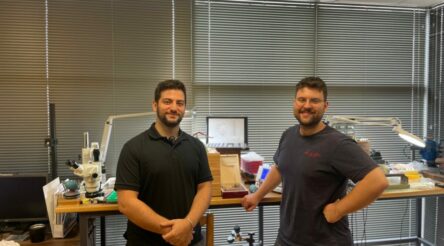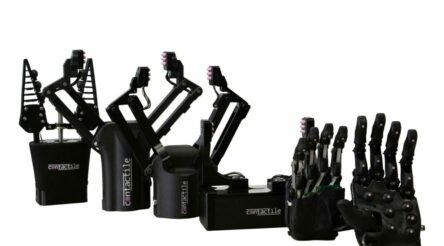A concrete example of one wonder-material’s progress
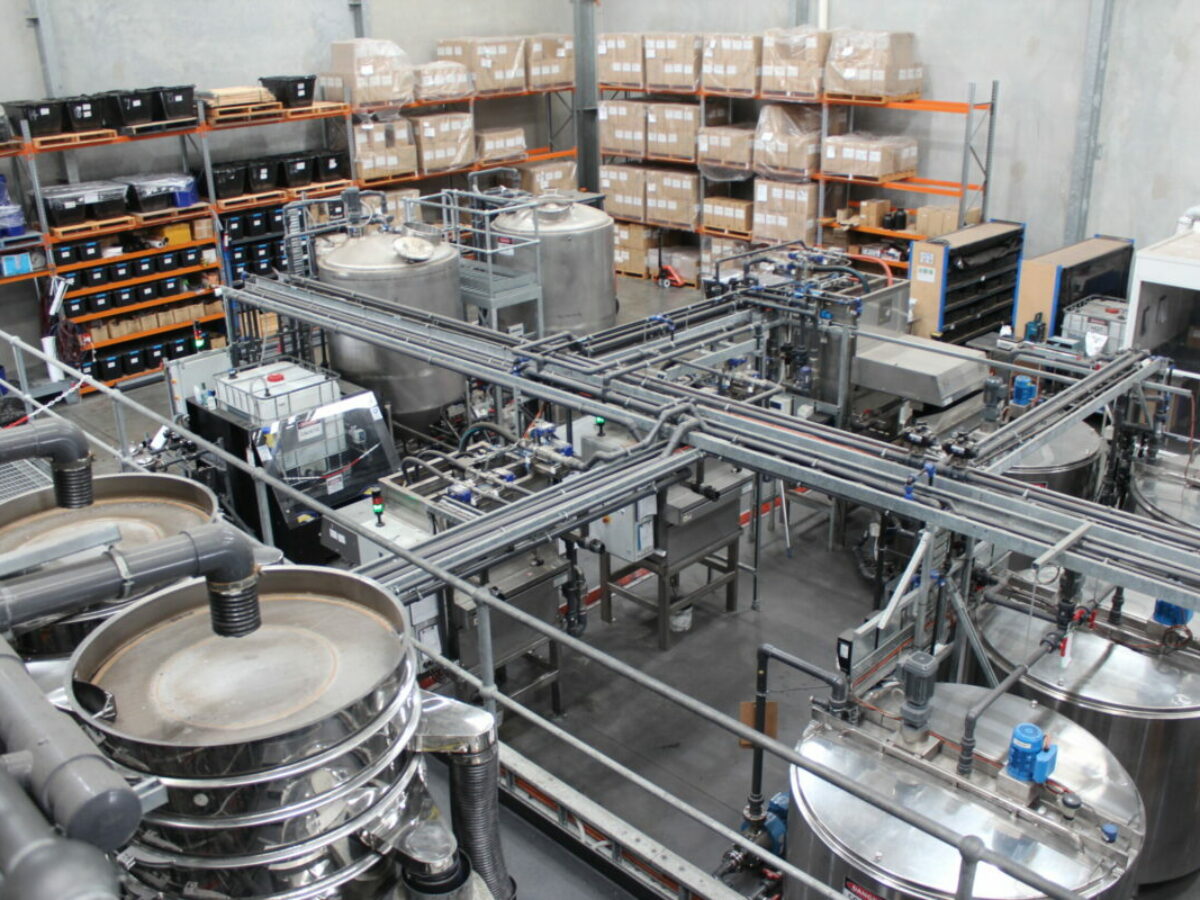
The next nominee for @AuManufacturing’s Australia’s 50 Most Innovative Manufacturers list for 2024 is First Graphene. Brent Balinski speaks to CEO Michael Bell, who talks about finding a meaningful niche for graphene.
For quite some time, many of its enthusiasts have described graphene as a remarkable material in need of a “killer app”.
Mike Bell, CEO of First Graphene (pictured below), is no different.
“We’re going through the process of trying to commercialise it and find those what I call killer applications,” the graphene-enhanced material developer’s boss tells @AuManufacturing.
“In the last two to three years I think we’re starting to see those applications.”
Many readers will be at least passingly familiar with graphene’s story, and will recognise the following keywords.
First made in 2004. University of Manchester. Nobel Prize 2010. Carbon allotrope. Two-dimensional. Atom-thin. Strongest. Most conductive. Flexible. Game-changer.
The superlatives and promises attached to graphene are many, but many readers will also know that, despite these, the nanomaterial hasn’t yet revolutionised an industry.
Realists will point out that it hasn’t had much of a chance. Discovery might be underpinned by a lifetime of hard work but can happen in an instant. Implementation is different.
“If we look at some of our composite applications which have now been validated and are in production, that took three years to prove that scientifically to convince the clients it was the right thing to do and for them to get comfortable with that,” adds Bell.
“So it’s a very slow process… [but] all the reasons why it was exciting are still there.”
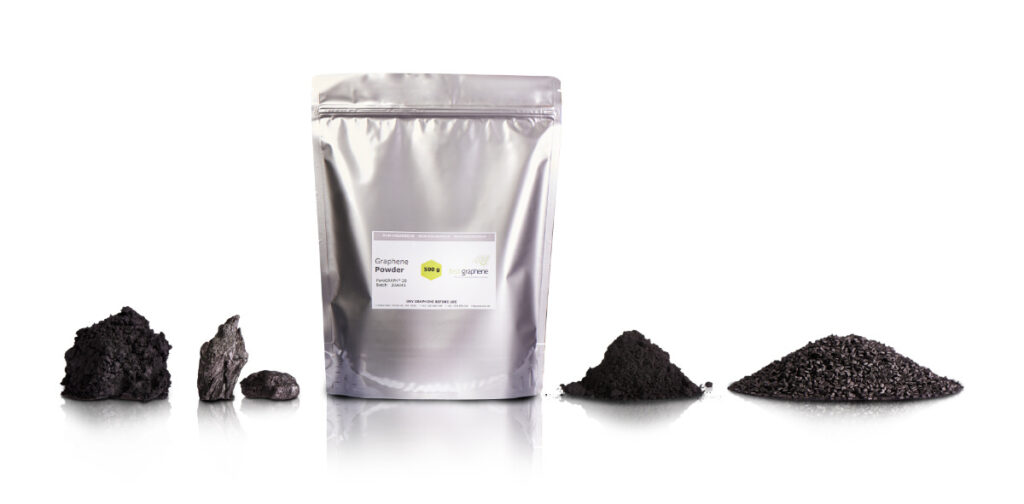 The focus for First Graphene, which began its work in 2017, is the cement and concrete industry. There are, however, “hundreds of other clients in different applications”, adds Bell.
The focus for First Graphene, which began its work in 2017, is the cement and concrete industry. There are, however, “hundreds of other clients in different applications”, adds Bell.
For example, it is part of a Halocell-led group backed by a $2 million Cooperative Research Centre Projects grant applying graphene to printable perovskite solar cells.
Though the volumes required in cement – even at loadings of between 0.01 and 0.07 per cent – make it especially appealing. These might represent between 1,000 to 2,000 tonnes a year of graphene from one client.
Bell’s business, which was founded in 2017, is currently part of a UK team including the country’s biggest cement producer, Breedon Group. First Graphene is preparing for a third trial with Breedon, which will essentially develop the graphene maker’s “go-to-market solution” for cement.
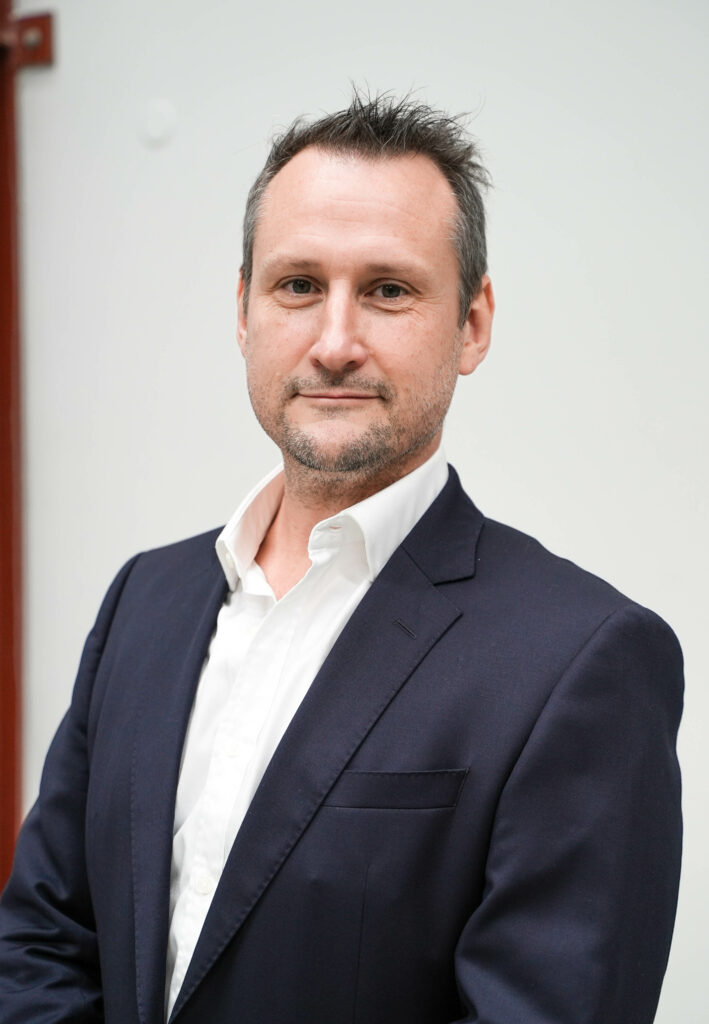 One of the stated benefits is a reduction in the use of clinker, which comes with a high carbon emission cost.
One of the stated benefits is a reduction in the use of clinker, which comes with a high carbon emission cost.
Results from trials have shown a 15 per cent reduction in carbon emissions and a 10 per cent increase in early-stage compressive strength.
On the whole, Bell says that the closest thing graphene can be compared to in terms of its adoption are things like silicon and carbon fibre.
“These sat on the shelves for years until people figured out how to use them. Now graphene and the adoption of it is moving faster than both of these products, without a doubt,” he says.
“It will still take time.”
It will also take money, and First Graphene currently devotes almost half of its revenues to R&D.
As for a definition of innovation, Bell’s is based on years spent in companies ranging from consumer GPS navigation products to shipbuilding. He says it comes down to developing something meaningful.
“A lot of people sit around and dream stuff up that [is] meaningless: there is no point to them or they have no sensible use case. I pride myself in having a real commercial focus in how I run First Graphene,” he says.
“So developing and researching stuff for universities is all well and good but it’s got to have a commercial outcome… In terms of the definition of innovation, it needs to be meaningful. It needs to offer something to the human race that is positive or makes life easier or actually has a worth.”
In this episode of @AuManufacturing Conversations, Bell tells us about First Graphene’s work on “green cement” in the UK, why they’re making plates and not lemons, the plethora of places where graphene could show its usefulness, why innovation isn’t unboiling an egg, and more.
Pictures: supplied
A note about audio: we apologise for the whirring noise in the background. It was an issue with a computer fan, which has since been resolved.
Episode guide
0:58 – Career path. Electronics, software, shipbuilding, then graphene.
2:20 – “We are pioneers in the production of graphene.”
3:40 – The wonders of graphene as an additive.
5:10 – We are still working out a lot of things about adding graphene to other materials. These things take time.
6:57 – There are a lot of ways to make graphene, and not all graphene is created equally.
7:44 – Making graphene platelets out of Sri Lankan graphite using electrochemical exfoliation.
8:57 – Advantages over other graphene suppliers.
11:02 – The need for high-volume applications to justify development costs.
12:10 – Why cement and concrete.
13:27 – The attractiveness of concrete applications versus development for a shoe brand.
15:30 – Background to Breedon Group in the UK and the work with them going back to Innovate UK grant. R&D also involves Morgan Sindall.
17:02 – Not every graphene company gets so much access to such a significantly-sized plant. Two trials there so far.
18:52 – Gearing up for a third trial with a custom specification and revised dosing mechanism. Essentially their “go-to-market solution” for that industry.
20:06 – The economics of making graphene and how likely it would be that they retain production here if the cement R&D is commercialised.
23:14 – Applications outside of cement and concrete, such as perovskite solar cells with Halocell Energy.
25:35 – Lubricants, pools, wear liners, coatings and more.
27:06 – Defining innovation. It’s about meaningfulness.
29:32 – Outsourcing and the way it hollows out a country’s capacity to add value and have a productive economy.
32:02 – Western Australia’s limited economy as a result of its success in mining.
Australia’s 50 Most Innovative Manufacturers is an annual campaign by @AuManufacturing. It has been made possible through the generous support of MYOB, CSIRO, the NSW government’s Advanced Manufacturing Research Facility, and the Commonwealth Bank. Be sure to check back at this website for regular updates, including profiles of nominees and other information.

Further reading
First Graphene’s website
Graphene helps make more hydrogen with less energy
First Graphene and team begin UK graphene-in-cement trials
First Graphene launches new cement and concrete additives
First Graphene gets UK patent for process for potentially better battery anodes
First Graphene provides facemask materials
First Graphene ships first commercial product
First Graphene to supply swimming pool manufacturer
Graphene electrodes part of plan to make Australia make PV again
Graphene is a proven supermaterial, but manufacturing the versatile form of carbon at usable scales remains a challenge
@aumanufacturing Sections
Analysis and Commentary Awards Defence Manufacturing News Podcast Technology Videos









